Electric bikes, or eBikes as they’re more commonly called, are growing more and more popular with each passing year, causing more eBike products to flood the market. With a greater variety of eBikes to choose from, it can be difficult to guess or understand the performance offered by any individual bike at first glance. Furthermore, due to how new eBikes are, various states and countries vary in terms of the laws and regulations that govern eBikes, from how fast they can go to where you can even ride them. If you aren’t already an expert on eBikes, it can be overwhelming trying to understand it all.
Fortunately, one major way you can understand eBikes is through the eBike three classification system. In 2013 PeopleForBikes, a biking advocate group, worked with major eBike manufacturers and over thirty state legislatures to develop an easy to follow, three class system that would regulate eBikes. Since then, this three class system has been adopted nationally in the US, and in other continents throughout the world including Europe, Asia, and South America. By understanding the generally accepted three class eBike system, you’ll be able to quickly develop a general idea of the performance of any particular eBike system you’re looking at.
What are the three eBike classes?
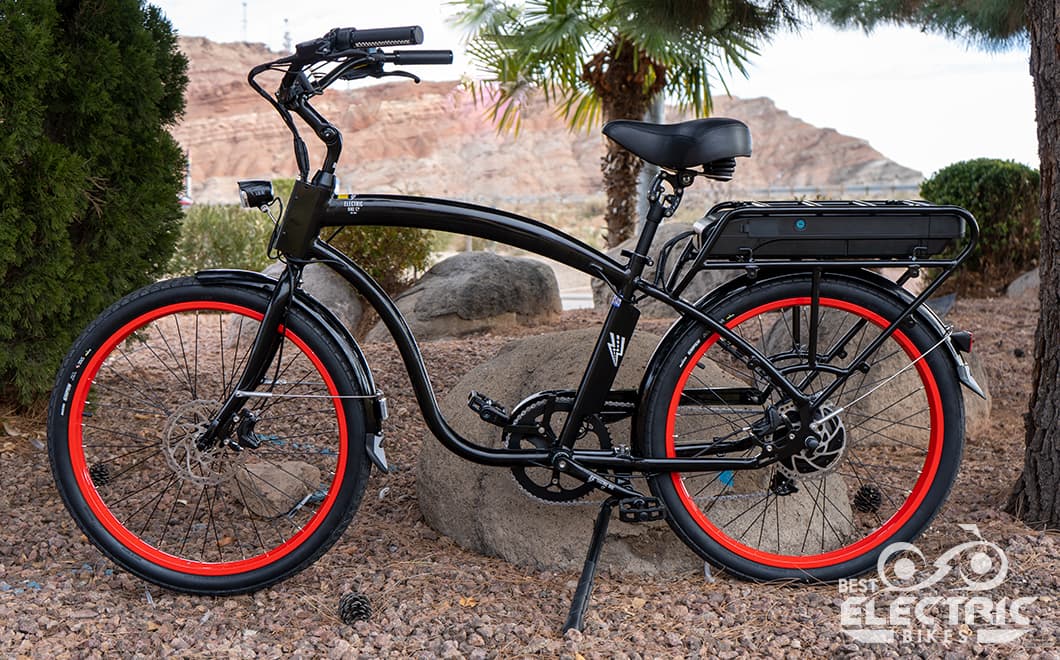
The three eBike classes are very simple, with numbers increasing according to the overall features, speed, and limitations that are put upon each eBike class. They are as follows:
Class 1 eBike: Any eBike that has a pedal assist only motor operation system and is capped at speeds of 20 mph or 32 kph.
Class 2 eBike: A eBike that has both pedal assist or a throttle motor operation system and is capped at speeds of 20 mph or 32 kph.
Class 3 eBike: An eBike that has a pedal assist or a throttle motor operation system and is capped at speeds of 28 mph or 45 kph.
That’s it! While the overall battery size, motor size, framze shape, and other eBike features will vary depending on the manufacturer and brand, the majority of eBikes sold in stores will be of one of these three classes. But, before we start explaining more about the individual aspects of each eBike class, let’s discuss what they all have in common.
What do all eBike classes have in common?
While eBikes can be designed to go faster than the maximum 28 mph speed limit, there is a reason why this cap is in place for popular, mainstream eBikes made to fit these three classes. To begin with, you do not need a motor vehicle license in order to use an eBike if it’s in one of these three major classes. Additionally, you do not need to be eighteen to buy or operate an eBike, nor will you have to buy and outfit a eBike with a license plate like most mopeds or motor scooters. Electric bikes tend to be much more expensive than normal bikes, but the laws and regulations that govern traditional bicycles are more or less the same in most circumstances for eBikes.
As for the performance and operation of eBikes, while the individual capabilities will vary by eBike, they generally tend to be designed and operate very similarly to each other. All eBikes that fit into one of these three classes have a 750 W, or 1 horsepower, cap in order to safeguard against exceeding the speed cap. You can exceed 20 or 28 MPH depending on your bike class that you use, but the motor will no longer assist you once you cross these caps so you will have to maintain your excess speed with your own manual pedaling.
Lastly, no matter what class of eBike you go with, we want to remind you that the same safety guidelines and rules that apply to traditional bicycles should apply to eBikes as well. Always make sure that you wear a helmet, and continue to practice good biking etiquette no matter if you’re on a class 1, 2, or 3 eBike.
So what Class of eBike is best for me?
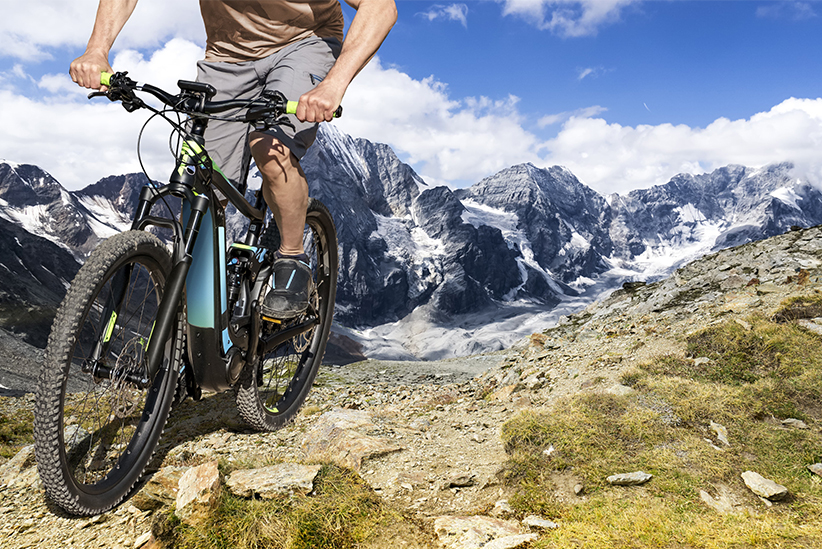
When it comes to which class of eBike is best for you, the answer is going to depend a lot on your individual circumstances. For the best, most informative answer, we recommend going through the rest of the article that breaks down the top factors that separate each class of eBike. However, if you want a place to start off so you can focus your research or want a broad answer, we suggest the following classes for the following types of bikers.
Class 1 eBikes are best suited for: Beginners and those new to either eBikes or biking in general. Mountain eBikes are almost exclusively built as class 1 eBikes as well.
Class 2 eBikes are best suited for: Bikers who live in cities, especially those who have to stop frequently or don’t want to build up a sweat while they bike. This is a very common class for cruiser eBikes.
Class 3 eBikes are best suited for: Those who want the fastest eBikes on the market that will make it easy to keep up with the flow of traffic. Many premium eBikes typically fall under this class of eBike.
The next few sections will expand on our answers, along with helping you get an even clearer idea of what eBike class is best suited for you!
Pedal Assist vs Throttle: The Major difference between the Classes:
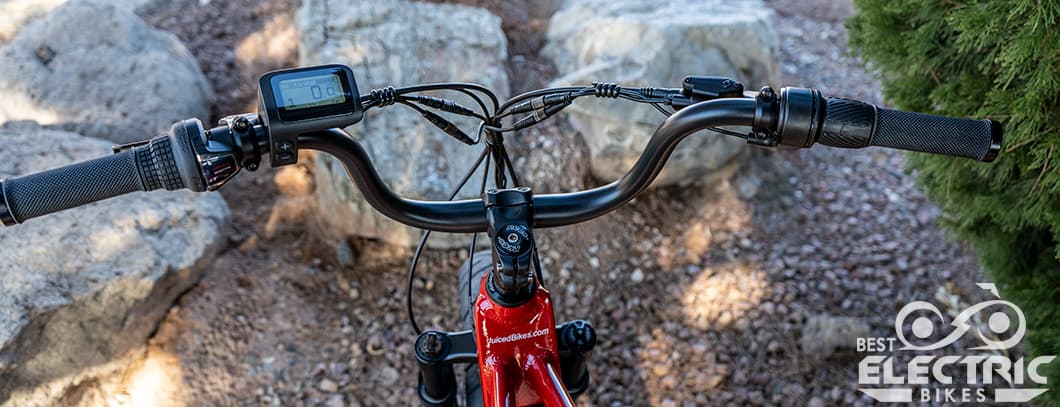
The first major feature that distinguishes these classes is whether it relies entirely on a pedal assist for operating the motor or has a throttle system to help out as well. To explain what these are, pedal assist systems are eBike motors systems that activate as you pedal on your eBike. Pedal assist motors help you have a more natural feel while you bike, the preferred system for those who are more experienced bikers. Pedal assist eBikes are also a mandatory option for those who want a class 3 eBike, allowing you to have motor assistance up to 28 mph.
Alternatively, there is the throttle system. Electric bikes that have a throttle will allow you to toggle the motor by twisting the handle or pressing down on a bar, much in the same way you operate a motor scooter. If you ever tire of pedaling or just want to have fun, you don’t have to pedal at all as you zoom around with a throttle based eBike. Traditionally, many class 2 eBikes have both a pedal assist and throttle system, though only a throttle system is required to be classified as a class 2 eBike. As for a 28 mph class 3 eBike, there are those that have a throttle option, though they are typically secondary to the pedal assist system.
Whether we recommend one over the other depends on a number of factors, more of which you’ll read about below. Regarding pedal assist eBikes, they are traditionally better suited for those who are experienced with traditional bikes and want a more natural biking experience. Pedal assist eBikes are more common in mountain climbing bikes, especially in mid-drive bikes that work in conjunction with bikes that require a ton of gear shifting. Finally, if you are in need of a eBike that can go up to 28 mph, you will have to pick at least a partial pedal assist eBike.
There are reasons to consider a throttle only, class 2 eBike though. Because you don’t have to pedal, you can continue to use the motor on a class 2 eBike even if the chain breaks. If you need something that can get you around town without forcing you to work out and build a sweat, throttle eBikes are a great solution. Finally, throttle eBikes are quicker and easier to build up speed, so if you are in a city and have to deal with a ton of stop signs and red lights, a throttle eBike will help you keep up with traffic. Of course, if you have the money, you can have the best of both worlds by going with a combination pedal assist and throttle system on a class 2 or 3 eBike.
With that said, there are a few other key areas where all three of these classes differ. This includes where you can actually operate each type of eBike.
Where can I use each class of eBike?
Each class of eBike has different areas where they are allowed to be used. This consists of the following:
Class 1 eBike Restrictions: Class 1 eBikes can be used almost anywhere a normal, traditional bike can be operated. Due to the low speed and pedal assist only nature, you can take class 1 eBikes in cities, towns, the countryside, mountain bike trails, and other bike paths with little to no restrictions.
Class 2 eBike Restrictions: Class 2 eBikes can be used in most places that traditional bikes and class 1 eBikes are ridden, though are restricted from being used in many mountain biking trails. Due to the more jerky nature of using a throttle, class 2 eBikes are more likely to cause accidents and injuries when used on thin or single rider trails compared to normal bikes. For this reason, only take Class 2 eBikes on mountain trails where other motor vehicles, such as dirt bikes or ATVs, are allowed.
Class 3 eBike Restrictions: Class 3 eBikes are the most heavily restricted of the three eBike classes. Due to the higher 28 MPH cap, most class 3 eBikes are restricted for use to urban roads and designated bike lanes. Class 3 eBikes are traditionally not allowed on biking trails, nor should they be used on multipurpose paths such as concrete sidewalks.
Cities, states, and countries may also have additional laws that regulate the use of each type of eBike in your area. While you are generally okay and have little to no restrictions when using a Class 1 eBike be sure to consult your local authorities on the matter before operating a eBike!
How does Class affect the battery life of my eBike?
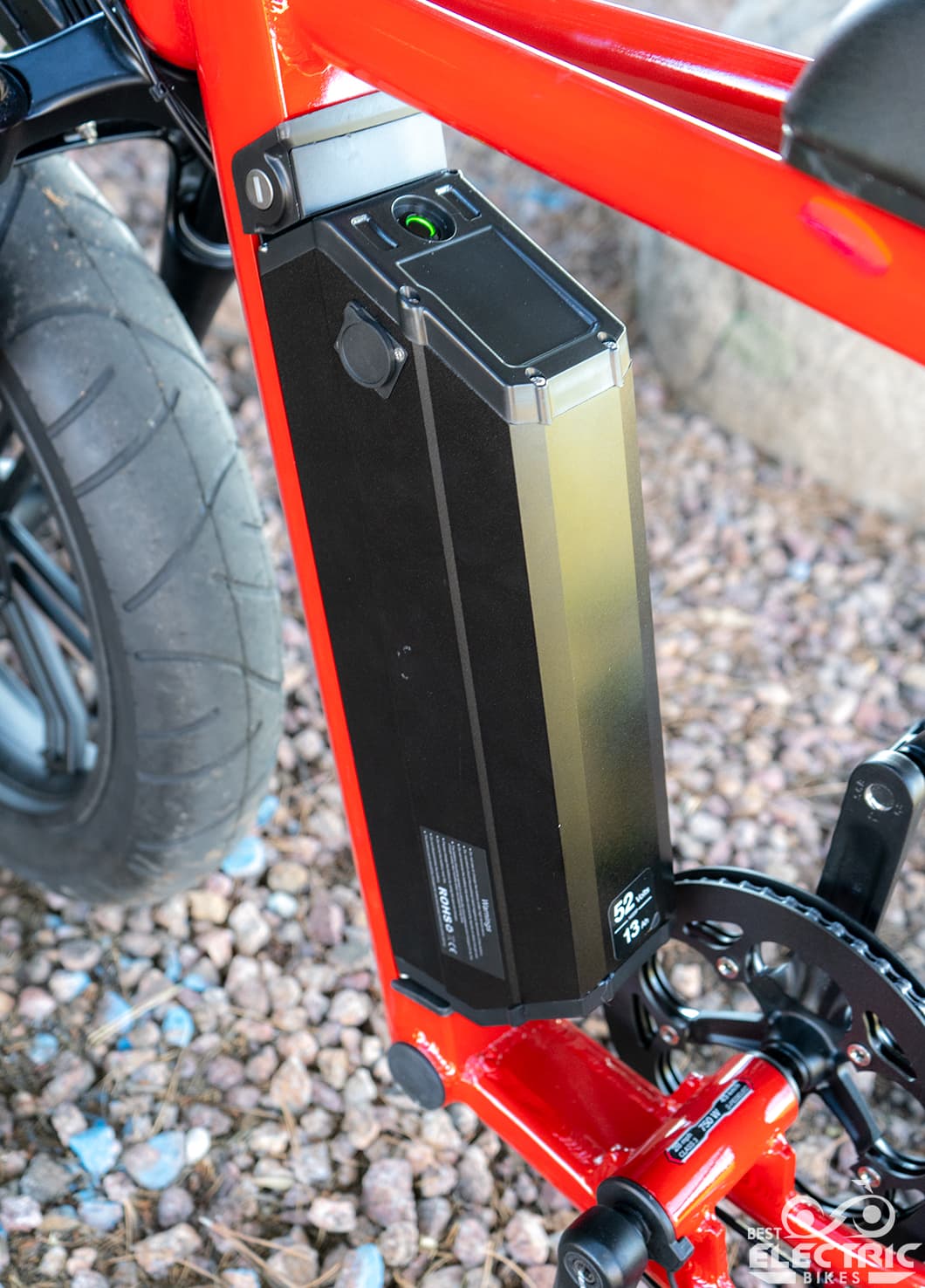
If you are a long distance biker, or someone who wants to have the longest lasting battery in your eBike, the class has a small to moderate impact on the overall motor use time available to you. For a more extensive breakdown on how far your eBike can go, we recommend reading out breakdown available at this link. For the purposes of this article though, we’ll discuss how class relates to the overall distance and energy available to you.
The overall battery life available to you is dependent on four factors: the size of your motor, the size of your battery, how fast you are going, and how long your motor is active. All eBike class motors are currently capped at 750 W, while the size of your battery is ultimately going to be limited by the size and frame of your eBike. When it comes to classes though, how fast you are going and how long your motor is active both come into play.
If all other factors are equal, an eBike that is going slower than another eBike is going to have a longer lasting battery, though it might not wind up going as far in terms of distance. One mistake that those who are new to eBikes believe is that just because they bought a class 3 eBike, the battery will last longer than a class 1 or 2 eBike. In actuality, because you can go up to 28 mph, you will likely drain your battery faster than a class 1 or 2 eBike, though because of the speed difference you will still likely arrive at your destination sooner than lower class eBikes. As such, our recommendation is that if you are looking at a class 3 eBikes, considering upgrading the battery size or looking at bikes that either come with or have an option to quickly install secondary batteries.
The final factor we want to discuss is how long your motor is active. Pedal assist motors do feel more natural than throttle eBikes, but they tend to waste energy faster than class 2 throttle only eBikes. As you primarily rely on pedaling with class 1 and 3 eBikes, you will often activate the motor or leave it running even when you don’t want to. On the other hand, while class 2 throttle only eBikes are easier to manage in terms of the motor, the general jerkiness of the throttle will typically disrupt your pedaling cycle and also lead to energy inefficiencies.
Knowing about the potential energy drawbacks of each style of motor is important, but can also be overcome with practice, careful moderation, or just getting a better or secondary battery. However, no matter which class of eBike you go with, the motor and battery won’t do you any good if you forget to recharge your eBike. Make sure you remember to plug your eBike in whenever you’re done using it!
How does each Class of eBike affect the price?
The last major determining factor we want to mention is the price. The short answer is that for the most part, the higher the class of the eBike, the more expensive it will be. The longer answer is that the overall price difference tends to be less noticeable due to the many other factors that can increase or decrease the price of the eBike. So, while class will impact price, it should be used more as a guide in comparing eBikes and making you look closer if a higher class eBike is less expensive than another, lower class eBike.
With that in mind, here are some major tips and questions to ask yourself as you look at the eBike to help you understand why the prices might not line up as you expect:
- Is it a pedal assist and throttle, or throttle activated system only? Class 2 eBikes that are throttle activated only will often be the same price, or sometimes even less expensive, than many class 1 eBikes.
- What years are being compared here? A class 3 eBike of the same year will almost always be more expensive, but if you want to save money consider looking at past year models.
- What other features are being cut back on? What is the size of the motor and the battery? Does the eBike come with an LCD attachment or some sort of touch pad? Are there spare parts included with the eBike? Look at the overall contents of the eBike package to get a better idea of the price breakdown.
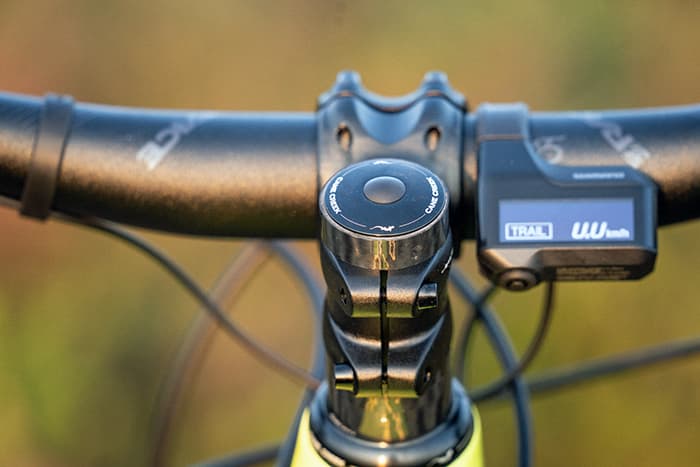
Conclusion: Three great classes, three great styles of eBikes:
It can be overwhelming to try to figure out whether a particular eBike model is for you or not, but the three class classification of eBikes makes it a whole lot easier. As eBikes grow more popular as well, and as more states and nations adopt the three eBike classification system, you’ll also be ahead of the curve in understanding how they’re regulated. While our guide should serve as a base for helping you figure out what eBike is best for you, we also have to tell you that there’s only one surefire way to figure out what you’ll like the most.
Ride eBikes! The more experience you get with each category of eBike, the more likely you’ll find an eBike you’ll fall in love with. Class 1, 2, and 3 eBikes all have special and unique characteristics, some of which you won’t understand until you’ve tried it out for yourself. So, if you can, try out the demo units available at your local retailer to get some experience. If buying an eBike locally isn’t an option, many popular eBike manufacturers have guarantee windows that will give you the time to try out their eBike and return it with little to no additional fees. As you try out eBikes though, we’re sure you’ll find one that you’ll fall in love with and get you into the exciting new sport that is eBiking!
Thank you so much for reading, and we hope our guide has been helping you understand how eBikes are categorized. If you have any additional questions, or want our opinion and advice for an eBike that you’re looking at, be sure to leave a comment below or send us an email with your thoughts! We also update our posts as regulations and laws surrounding eBikes continue to develop, so be sure to click on us again in the future for up to date information on the world of eBikes.
With that in mind, make sure you have fun on your next eBiking trip!


Leave a Reply